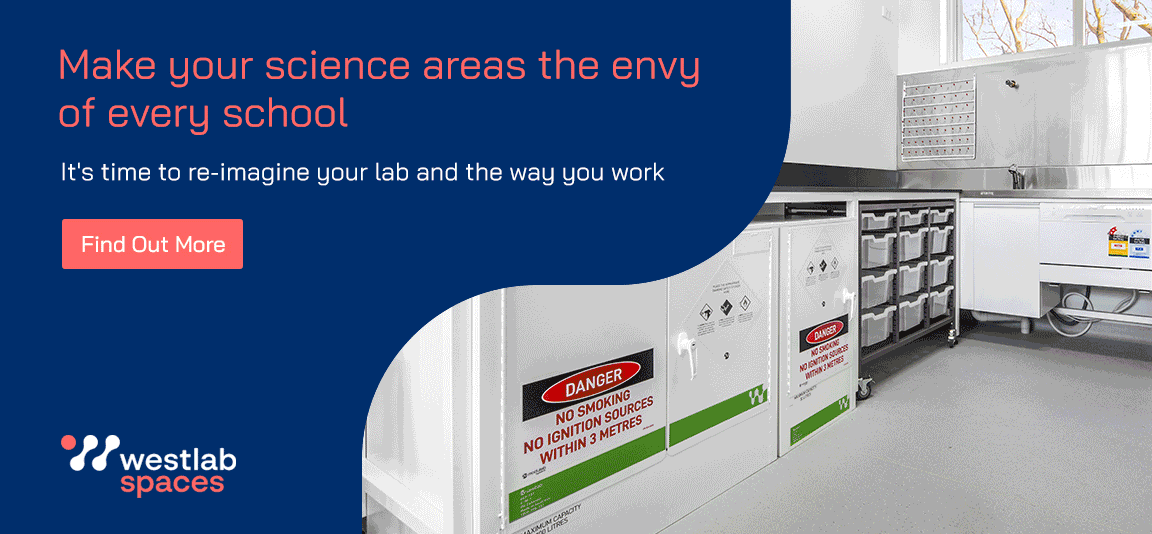Hi All,
A teacher is doing Pasteur's Exp. this week, and this is the first time I have set it up. I have been reading other forums on the subject, but most related to the type of equipment used, and different set up techniques. My teacher has requested large test tubes, cotton wool(to stopper the tops)and the straight and s-bend glass tubes(these will pass through the cotton wool). I have two questions,
1: I noticed other people suggested using conical flasks, and rubber stoppers. Would those set-ups work better?
2: There has been no mention anywhere of sterilization. Do you have to sterilize everything first(that seems a waste of time with students then assembling things) or do you sterilize the assembled test tubes after, and if so, how? Or is there no need to sterilize?
We will be using a nutrient broth in the test tubes, covering them over using the different methods(cotton wool and glass tubes) and then seeing which ones go cloudy, which stay clear. I can't see our method working too well, my teacher is open to better ideas, and I would like to set up a prac that gets good results. Any help or suggestions on how to do this prac, particularly the sterilization bit, would be very gratefully recieved.
Many thanks in advance,
Cheers,
Lisa
P.S. I'm not a big fan of pressure cookers
Pasteur's Experiment
Re: Pasteur's Experiment
The beauty of conical flasks is they just sit there on top of hotplate
Get two flasks add about 50 ml of chicken broth ( preferred home made no preservatives)
fit straight tube through stopper then fit air lock or s tube to the other bring both to boil this kills any bugs then store for a couple of days.
The one open to air will grow bacteria while the one closed to air should not.
Does that make sense?
Get two flasks add about 50 ml of chicken broth ( preferred home made no preservatives)
fit straight tube through stopper then fit air lock or s tube to the other bring both to boil this kills any bugs then store for a couple of days.
The one open to air will grow bacteria while the one closed to air should not.
Does that make sense?
Re: Pasteur's Experiment
Be careful with this prac, as it should show, that both tubes are open to air, but the S shape will not let microbes back into the flask. We have set up this prac exactly the same way, boiled the flasks, but the air lock keeps a layer of water in the bent end. You must remove the water (either by tipping it out or pippeting it out) so the bent glass tubing is open to air. Does this make sense? 
lada
lada

